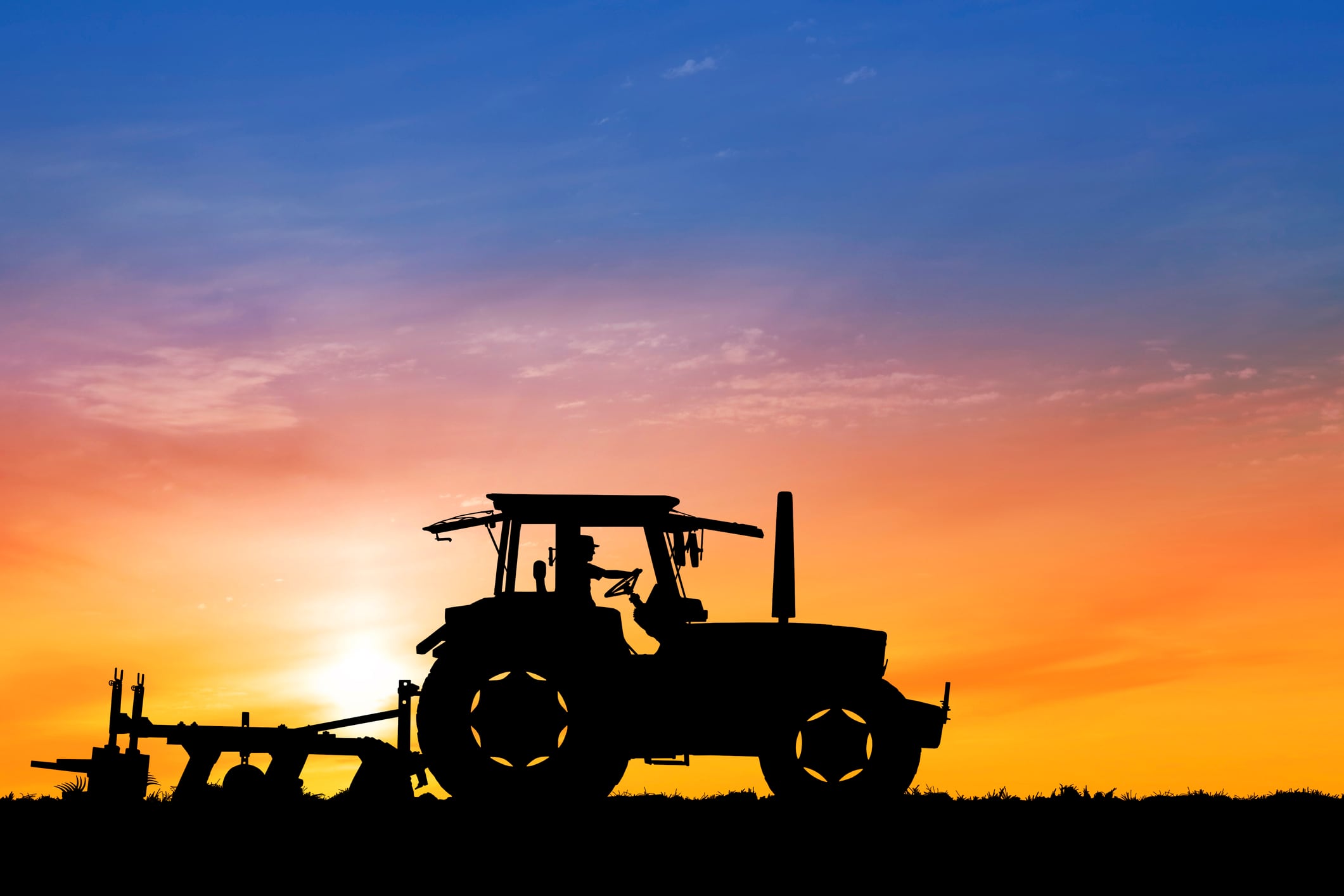Netherlands-based startup Grassa has a twofold ambition: tackling the nitrogen problem while offering farmers new revenue models.
By reducing excess protein in grass, the company aims to decrease emissions from cows and replace imported soy, thereby preventing nitrogen imports.
Grassa says its technology contributes to reducing nitrogen emissions in two ways. First, it lowers the protein content in grass, leading to reduced nitrogen emissions from cows. Second, it offers a sustainable, locally sourced alternative to soy, cutting reliance on imported nitrogen.
The company aims to demonstrate - with 25 to 50 dairy farmers - that 50% of the protein can be extracted from grass without affecting milk production. This would result in less nitrogen ending up in manure, directly addressing the nitrogen issue.
“In the Netherlands, farmers currently have to pay for manure disposal. However, we’ve already demonstrated that using this product reduces nitrogen levels in manure, meaning farmers have less manure to dispose of - cutting both volume and costs,” Rieks Smook, CEO of Grassa, tells us.
Scaling up with €3.6m investment
The startup recently raised €3.6m to further develop its grass protein production technology. The funding, secured from Perspectieffonds Gelderland (PFG), managed by Oost NL, alongside existing investors Fransen Gerrits and Brightlands Venture Partners, will be used to scale up the process, highlight its benefits to dairy farmers, and refine grass protein for human consumption.
Grassa plans to target multiple markets, including feed, pet food, and human food, with its grass-derived products.
The company processes grass into “opened grass” and grass juice, extracting a high-quality protein that serves as a sustainable alternative to imported soy, reducing the ecological footprint of food production.
“We use grass for this process because it is the most widely cultivated leaf crop on Earth,” Smook explains.
Every hectare processed reduces around 35 cubic meters of manure disposal, he explains. “If 20% of the Netherlands’ grass is processed, the manure surplus disappears. With 60% processed, the amount of grass protein produced can meet the entire Dutch soybean demand.”
The technology is not limited to grass alone. “No matter what type of leaf source you use - whether it’s spinach, sugar beets, alfalfa, or anything else - the extracted proteins remain the same. The source doesn’t affect the composition of the protein,” he adds.
Future plans: facility and market expansion
Grassa is gearing up to scale production with its first facility, targeting production costs comparable to pea protein - already a viable alternative to soy. With greater economies of scale, the company hopes to eventually match soy prices.
The first factory is expected to be operational by 2028 and will initially focus on the pet food market. However, it will be a food-grade facility, allowing for future expansion into other sectors. While dairy feed applications may take longer to materialize, Smook anticipates they could become viable by 2028 or 2029.
Securing farmer buy-in
“With the €3.6m investment, we will begin scaling up the first stage of our process: grass pressing. This will take place at a site in the province of Gelderland and also at a site in the province of North Holland. These large-scale presses will allow us to demonstrate the technology directly to farmers,” Smook maintains.
Grassa has presented its case to the Dutch government but has received limited response, raising concerns about a lack of engagement. Smook suggests that the absence of follow-up questions indicates the proposal has not been thoroughly reviewed. While the reasons remain unclear, he believes the government may be focusing on reducing livestock numbers rather than exploring innovations in nitrogen management, and how to replace imported protein sources with locally produced alternatives.
Denmark and Ireland leading the way
Denmark has been particularly progressive in developing grass-derived protein technology.
“The Danish government was one of the first to recognize the value of protein from grass, offering subsidies and grants for the construction of biorefineries. As a result, Denmark is quite advanced in this field. Aarhus University has led an extensive grass protein research program,” Smook notes.
Ireland is also making strides. Munster Technological University (MTU) is leading an international green biorefinery initiative, with demonstration sites in Ireland and Denmark optimizing the conversion of grasses, clover, and green biomass residues into value-added products. The project, Rural BioRefineries, has received €8.7m in funding under the Circular Bio-based Europe Joint Undertaking (CBE JU), with the goal of deploying green biorefineries across Europe’s grassland regions.
“Grassland valorization and emerging grass-based value chains represent a major strategic opportunity for the EU bioeconomy,” according to project coordinator James Gaffey, co-director of CircBio at MTU.
“As a feed producer, we are constantly looking for ways to feed animals more efficiently and reduce the footprint of meat, milk, and eggs. With Grassa, we make better use of grass, reducing the milk footprint and allowing farmers to maximize their grassland.” -
Huub Fransen, CEO of Fransen Gerrits
Unlocking the full potential of grass
Using a combination of pressing, heating, and filtering, Grassa transforms grass into four valuable products:
Silage replacement
One key product, ‘opened grass’ can enhance cows’ protein digestion, leading to lower ammonia, phosphate, and methane emissions, maintains the startup. This would allow dairy farmers to reduce their environmental impact without cutting livestock numbers or incurring extra costs.
The ‘opened grass’ arises from the first stage of the Grassa process. Freshly cut grass is pulled apart and pressed, removing the soluble nutrients (unstable proteins, sugars, and minerals) with the grass juice. What remains is reportedly more digestible for cows. As a result, nitrogen (NH3) and phosphate (P) emissions are reduced by up to 30%, outlines the team.
This makes accessible grass a high-quality and sustainable alternative to conventional roughage like grass silage and maize silage. When used as part of a roughage ration (up to 50% replacement), milk and meat production remain stable or even improve, claims Grassa.
Grass protein
The extracted grass juice is heated, causing the dissolved proteins to solidify, allowing them to be filtered out. This creates a high-quality grass protein concentrate preserved for use in animal feeds - both wet and dry, according to the company. Eventually, it could also be used for human consumption.
Grass protein has a superior amino acid profile, containing 17% more essential amino acids than soy protein, reports Grassa.
Prebiotic
After filtering the grass proteins, the remaining moisture is processed into two concentrates using nanofiltration and reverse osmosis.
One of these, the sugar concentrate, is rich in Fructo-Oligosaccharides (FOS), which have a prebiotic effect. FOS support intestinal flora, thereby enhancing the immune system of monogastric animals, says the firm.
Fertilizer
The mineral concentrate is rich in potassium and can serve as a plant-based alternative to animal manure and conventional fertilizers.





